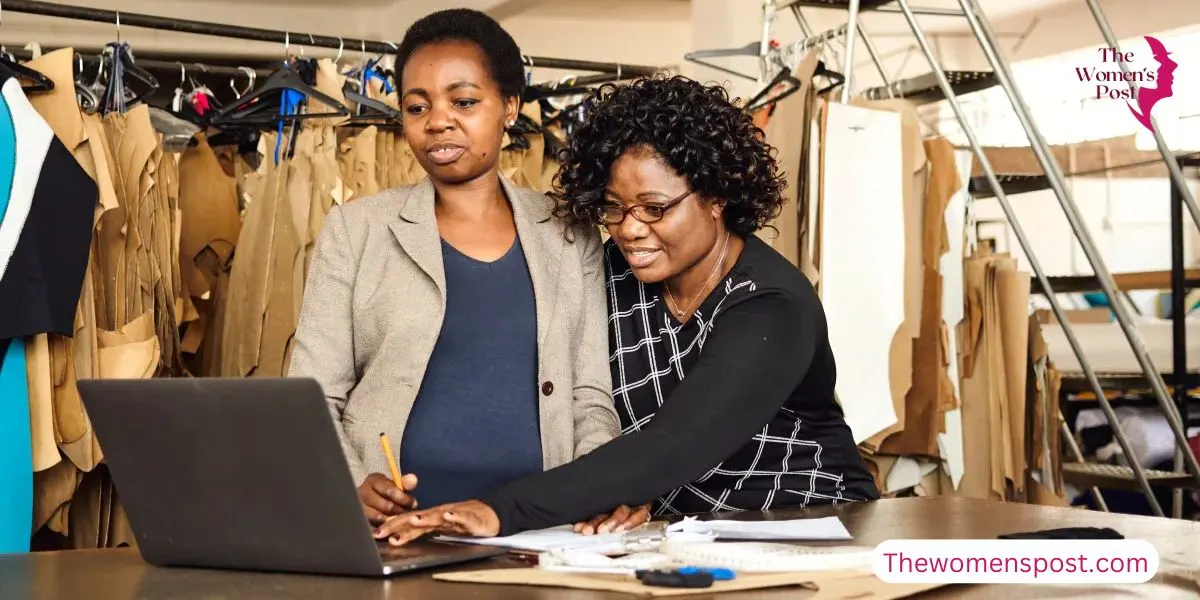Let’s begin with a simple question: Have you ever considered how technology influences how we live, work, and even dream? From mobile applications that help small firms track their sales to AI tools that simplify marketing efforts, technology is at the core of modern business. But here’s the catch: not everyone has equal access to it.
While many of us spend our days scrolling through our smartphones and laptops, there is a stark difference that sometimes goes unnoticed: the digital divide. At the centre of this difference are female entrepreneurs, who face specific barriers to accessing and exploiting technology for their enterprises.
So, why should this matter? Because when women have better access to technology, they don’t simply expand their companies; they also benefit whole communities. Let’s dive deeper into the problem, the reasons behind it, and the way forward.
Why is there this gap?
The causes behind this disparity are complicated, but not hard to overcome. Let us break them down:
- Limited Digital Literacy: Many women, particularly in rural regions, have had little exposure to technology. They may have a smartphone but may not know how to use it for business purposes.
- Societal Barriers: Cultural conventions can inhibit women from fully interacting with technology. Some may be advised that technology is a “man’s domain” or that they should prioritise home tasks.
- Financial constraints: Having access to high-quality technology and stable internet is typically expensive. Women with less financial freedom may not prioritise these costs.
- Lack of Role Models: The tech and business worlds frequently feature male entrepreneurs, leaving prospective female company owners with fewer comparable role models.
The Ripple Effect: Why Women’s Tech Access is Important
When women acquire access to technology, the impact is not only personal, but social. Here’s how.
- Business Growth: Using digital resources, women may sell their products beyond their local communities, reaching national and even worldwide markets.
- Financial independence: Online payment platforms enable women to safely manage their funds, fostering financial autonomy.
- Community Upliftment: Women entrepreneurs frequently reinvest in their communities, creating jobs and strengthening local economies.
The story of Meera, a home baker from a tiny hamlet in India, is an excellent illustration. When she learnt how to use Instagram and online payment applications, her orders quadrupled. She now employs three additional women, owing to her embrace of technology.
Bridge the Gap: Practical Solutions
So, how can we close the digital divide? The answers aren’t simply big concepts; they’re actionable approaches that can lead to genuine change.
Governments and non-governmental organisations (NGOs) can organise seminars to teach women how to use cellphones, create email accounts, and navigate online business platforms.
- Affordable Tech Access: Technology businesses may provide affordable cellphones and data subscriptions, ensuring that cost is not a barrier.
- Mentorship Networks: Creating venues where successful female entrepreneurs coach newbies to inspire and encourage them.
- Family and Community Involvement: Getting families involved in digital literacy initiatives can help break down social barriers by demonstrating how technology helps everyone.
A Call to Action: Let us Close the Gap Together
Bridging the digital divide is a collaborative endeavour, not a one-person job. There is a role for everyone, whether you are a tech specialist, a company entrepreneur, or a person who is enthusiastic about equality.
- If you operate a business, try mentoring a female entrepreneur.
- If you work in technology, consider how your organisation can promote digital literacy.
- If you are a customer, consider supporting women-led companies online.
Each tiny step counts
So, let us ask ourselves: What can we do now to make technology more inclusive for women in business?
The digital divide may be huge, but with our combined efforts, we can cross it – one app, one course, and one entrepreneur at a time.
Also read: The Hidden Cost of Menstruation: How Period Poverty Impacts Mental Health










